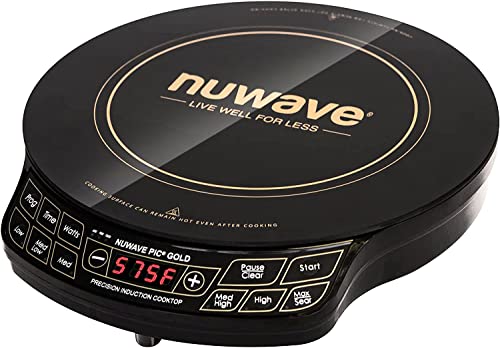These boxes are battery containers, allowing multiple battery cables/wires to easily enter and exit.
Meaning it is not a sealed vented battery box, it is a vented battery container that will passively vent battery gasses to the immediate environment when absorption charging.
Those wishing not to have battery Absorption gasses enter van living area need more strategy other than just this product.
I have an old 12v battery box and it would prove quite difficult to actually seal it and add instake and exhaust ducts. But it worked great at keeping things off the top of the battery, and contain spills.
If flooded batteries, in a vented sealed container were my intention, I might use the lower portion of the battery box, but would redesign the lid so I could seal it tight and force fresh air into it which would exhaust out a tube.
Perhaps build a removeable Lid out of acrylic and superglue
I'd likely use Pass through studs/Feed through connectors for the cables rather than pass cables through the box.
These require more ring terminals and connections and thus add resistance and possible failure points, but can make for a much cleaner install.
https://www.bluesea.com/products/category/27/Feed_Through_Connectors
I would add a small super low CFM computer muffin fan as an intake fan to push Air out a hose. Ideally it would only be activated in the 14.1v range.
This would also be good for batteries in warm environments that get alternator recharged when depleted, as the batteries warm a surprising amount in such conditions.
I use a Sunon 40MM 0.03amp 12v fan inside my 12v compressor fridge, but cannot find the exact product anymore to link.
I really like Noctua fans One of these with the provided low noise adapter cable(simple resistor) would be more than adequate.
https://www.amazon.com/Noctua-Cooli...=1486664710&sr=1-2&keywords=40mm+computer+fan
















































































